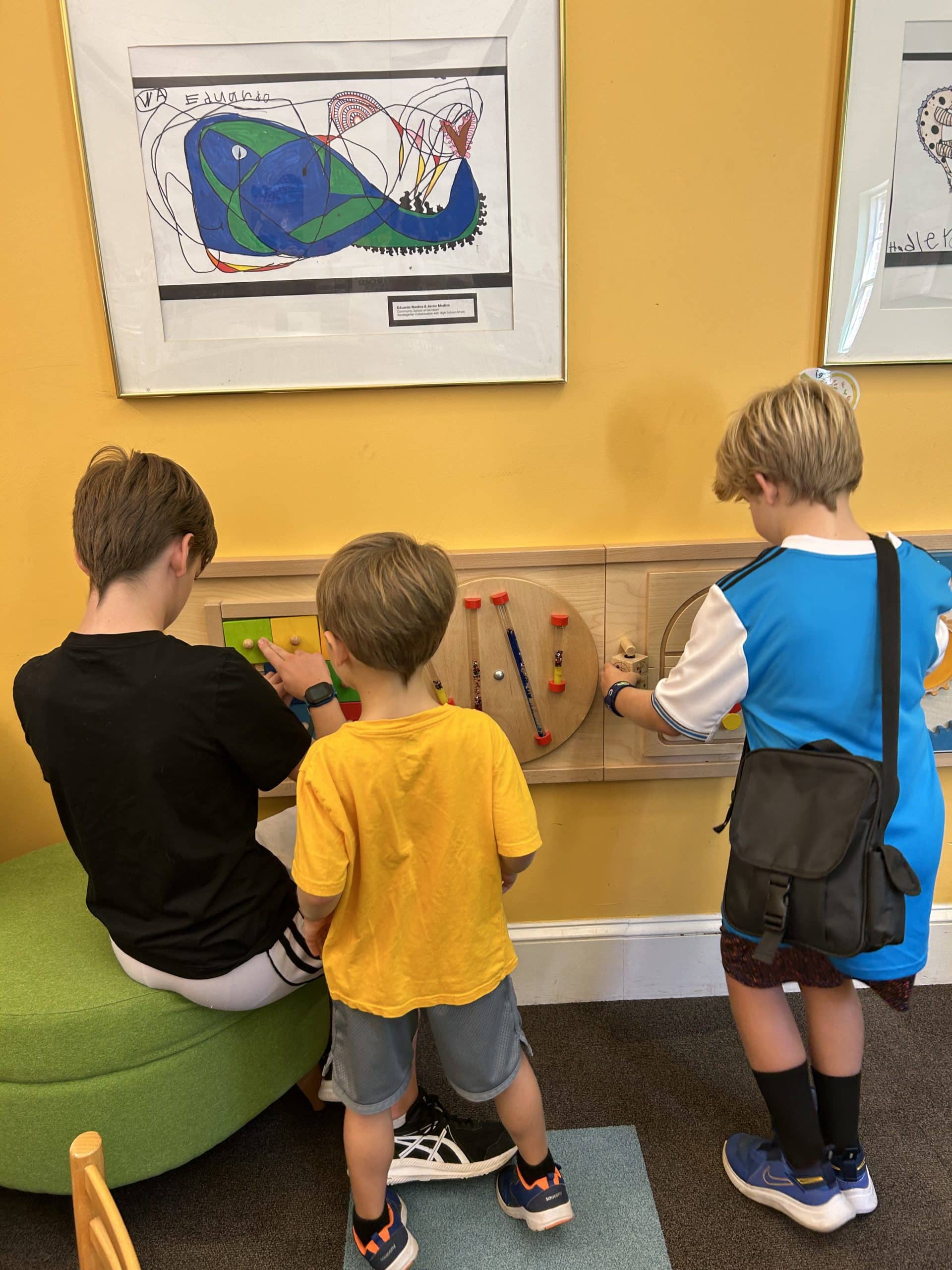Immigration is closely connected to education through a student’s legal right to a K-12 public education. This is guaranteed by the Supreme Court in Plyler v Doe (1982). It ensures that all students have a foundation for equal opportunities. Today, immigrant students face many challenges that limit their opportunities and future success in the United States, regardless of the Supreme Court decision.
Immigration Challenges
Immigrant students face many challenges in public schools. There are language barriers, unfamiliar routines, and family responsibilities. Today, they face the stress and fear of ICE (Immigration and Customs Enforcement). Thus, students have emotional and psychological concerns.
These fears lead to an increase in absenteeism and a decrease in academics. ICE doesn’t only affect undocumented students, but it also affects documented students. Many educators are trained by the school district or by unions on what to do when ICE tries to gain access to students during the school day or after school sports practice.
Regardless of the many attempts to keep immigrant students from their legal rights, they have certain constitutional protections and a right to a free public education.
Future Consequences
Limiting the education potential of students hurts local and state economies. It limits the earning potential of students entering the job market. These students are vital to communities as taxpayers and consumers. Denying students a free public education because of their immigration status is a belief that every child does not deserve a future in this country.
Immediate Consequences
Separating students from parents or guardians leaves students in an unstable situation. If a parent, as the breadwinner, is taken by immigration officials, students are left with a financially unstable life.
Students become isolated when they feel ICE agents might target them. They withdraw from their friends and outside activities.. They isolate themselves from teachers, counselors, medical experts, and others who can offer them help. Students with disabilities feel more of a strain because they rely on a stable environment and routine in school.
Help for Students
Students need counseling and social-emotional support services for their anxiety and fears. Provide flexible schedules for learning. Help students maintain a continuous learning environment when they miss class. Adapt lesson plans and assignments so students are able to cope with interruptions in their schedules.
The threat of an ICE raid creates anxiety and mistrust in schools as a safe place. Educators and school staff have always fostered academic growth within a safe environment. Stay updated on the rights of students regarding ICE. Educators must protect all students and keep them safe in their learning environment.



